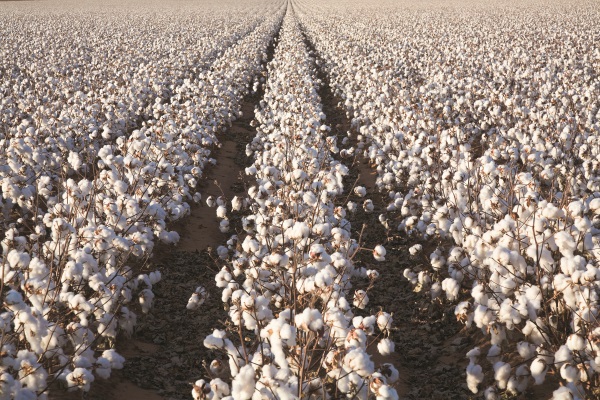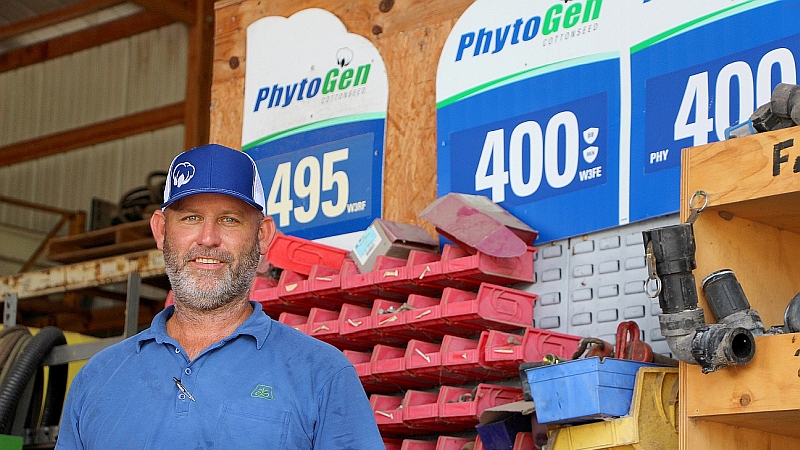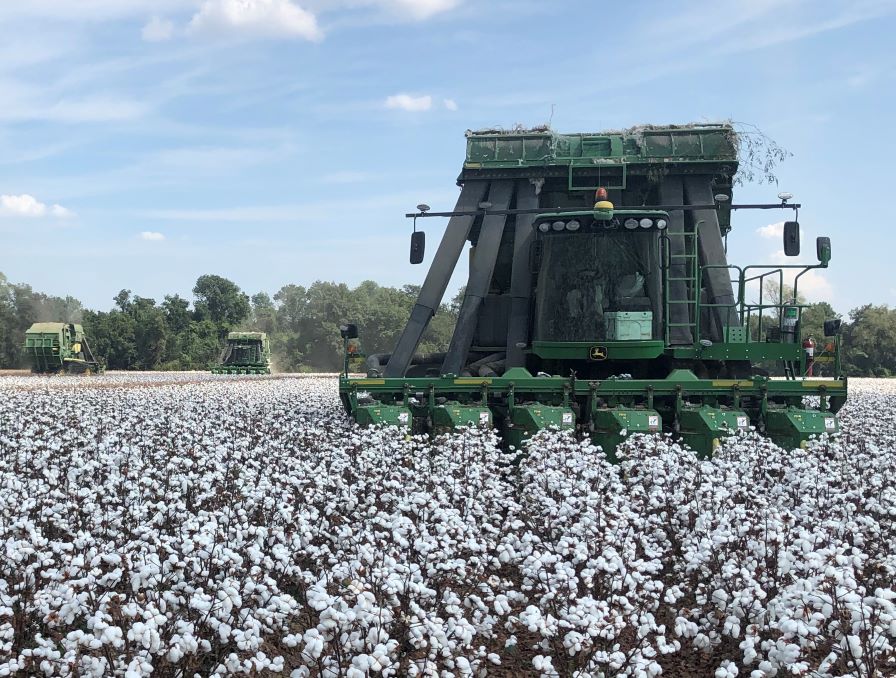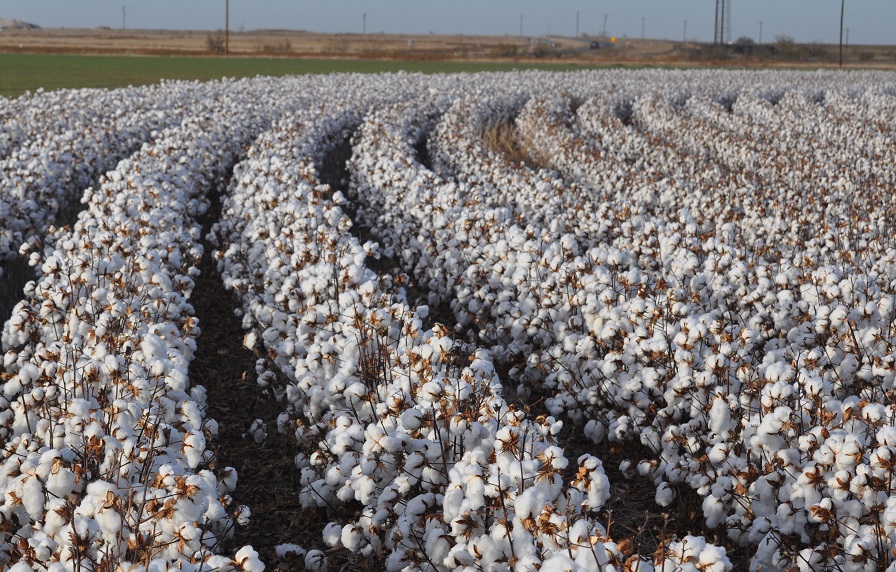Use Your One Opportunity for Nematode Management
In most parts of the Cotton Belt, planting may still be another month away. That also means growers should be ready for their best opportunity to help manage some yield-sapping problems.
“We have seedling diseases, nematodes, and, in some cases, cotton leafroll dwarf virus,” says Bob Kemerait, University of Georgia Extension Plant Pathologist. “I know growers get tired of hearing me say it, but you get really one good chance for control.
“With cotton leafroll dwarf virus — which was important in Georgia last year — there’s not much we can do except choose planting dates,” he explains. “But what you put in the furrow or don’t put in the furrow or when you put seed in the ground — all of those things you only do once, and they all have an impact.”
Nematode Management Options
Kemerait hopes that sub-freezing temperatures and an uncommon — and heavy — snowfall across the eastern parts of the Cotton Belt in mid-January may have knocked some nematode populations back and helped relieve some of the pressure that growers commonly see.
“The prospect of that is exciting,” he says. “I’m also excited about the varieties we have with resistance to root knot or reniform nematodes with increasing yields that have growers now looking and paying attention.
But, he adds, growers must make that decision carefully, because (again) they’ll have to stand by what they put or don’t put in the furrow. There are still several options for growers to choose from.
“Most growers are probably not going to fumigate, but Telone remains a stalwart for us, as does AgLogic aldicarb and Velum,” says Kemerait. “We have newer products like Averland. And Vydate is an oldie but goodie we can possibly use, too.
“There are a lot of things that can be done, but only very early in the season before the furrows close. I sound like a broken record on that, but I hate when I see growers who have not done what they could have or should have and then run into problems later.”
Soil sampling, of course, provides the best indicator of nematode presence in fields. Fall sampling provides the most reliable results. Spring sampling remains an option, but results are going to be less reliable.
“If you don’t get any or low nematode numbers back from spring samples, is it because the nematodes weren’t there in the first place or is it an environmental response and they’re all going to come back?” asks Kemerait. “And although it’s not ideal, spring samples are often better than not sampling at all.”
In terms of timing for spring samples, he suggests that growers check within a month prior to planting when soils warm up as best they can. He also offers one additional option for some cost savings.
“For growers who plant cotton after cotton, I would suggest that they simply don’t plant this year in the same track they did last year, because that’s where nematode populations are going to be the stoutest,” he says.
“If you’re planting on 36-inch rows, move over 18 inches. It’s a small thing, but it can make a difference.”
What About Seedling Diseases?
Kemerait rates Rhizoctonia is the top seedling disease that he sees. Soil temperature has a huge impact on disease management.
“Let soil get above 65 degrees before planting and, if possible, make sure there’s not a cold front coming on,” he suggests. “We have good seed treatments. But if growers are using conservation tillage and planting into cooler soils, an in-furrow application of azoxystrobin tends to really help on top of seed treatments.”








